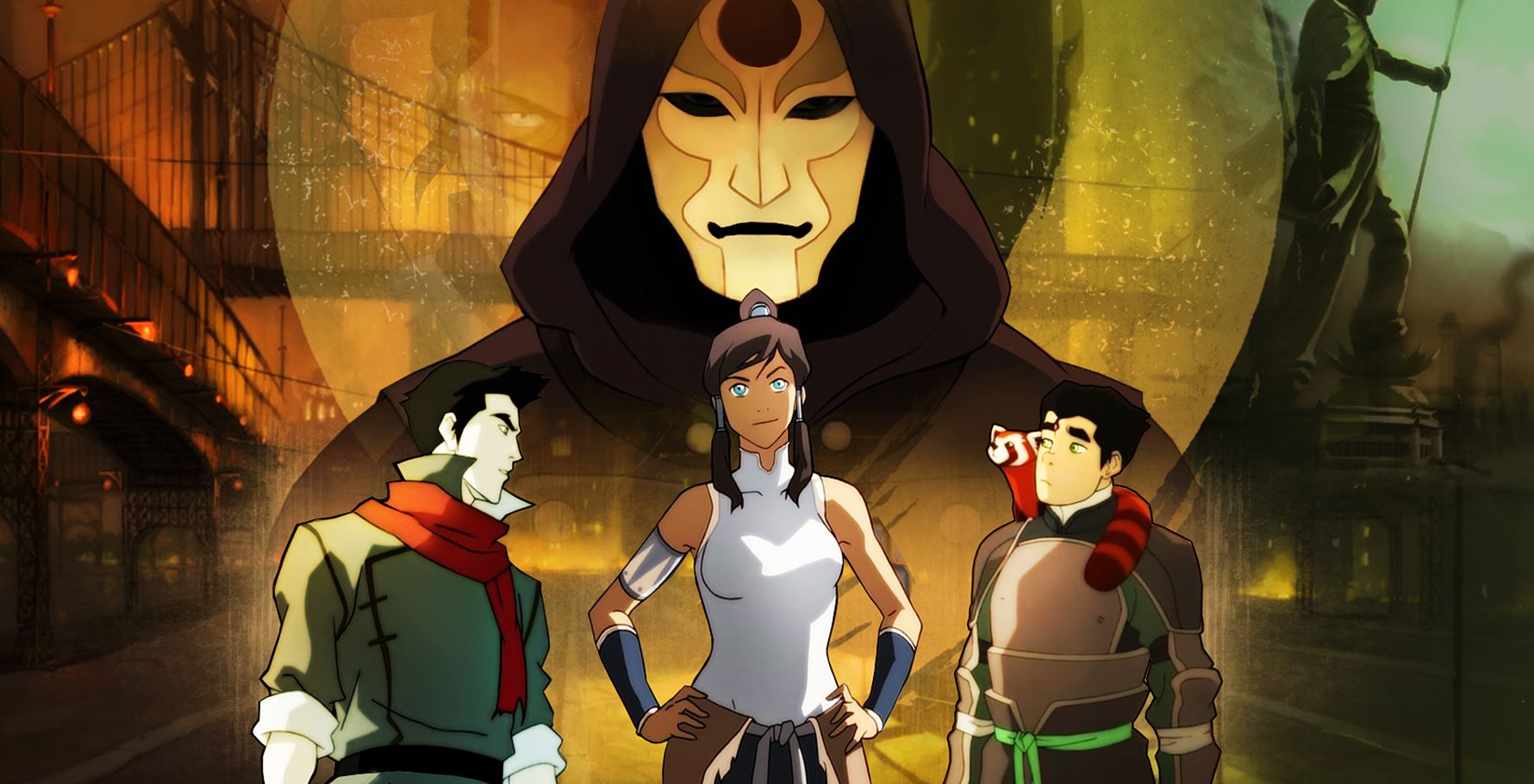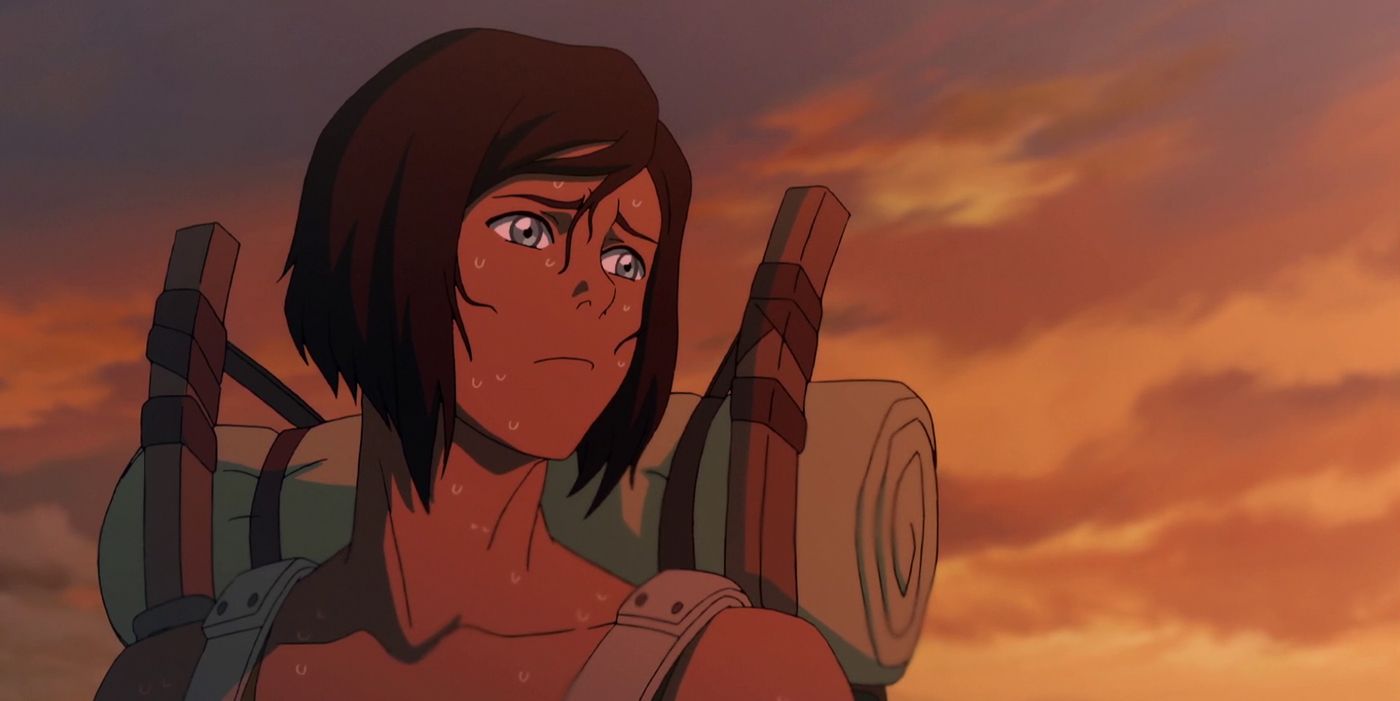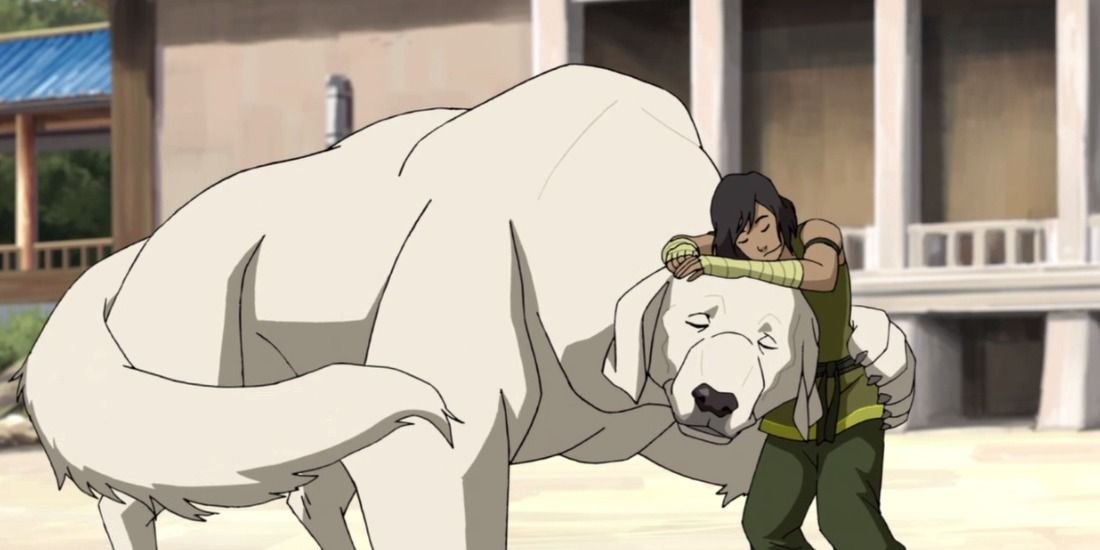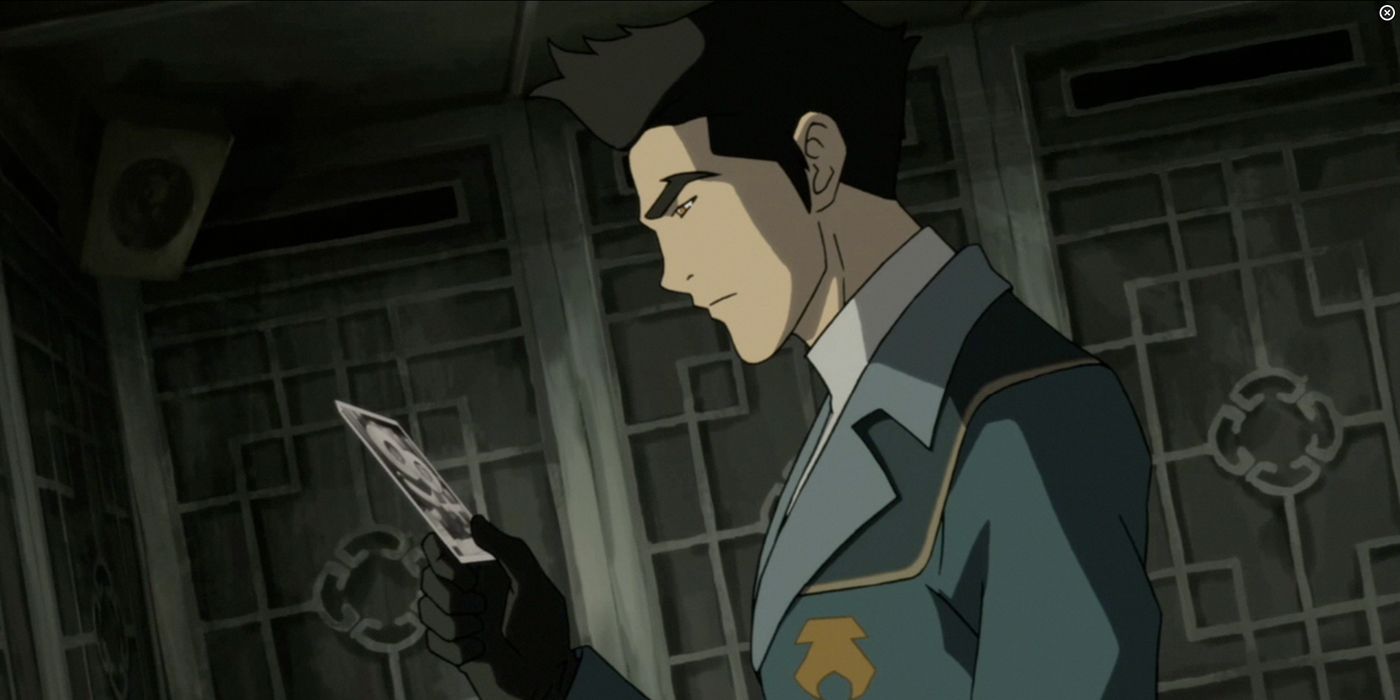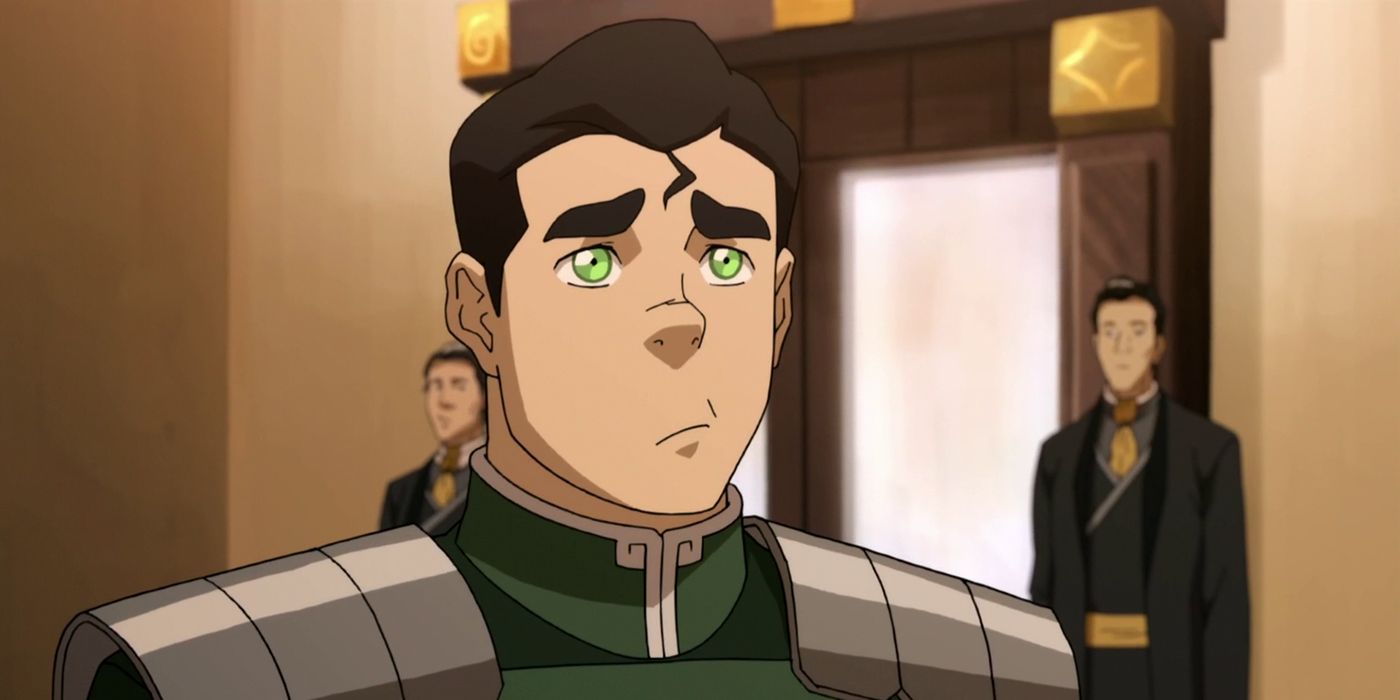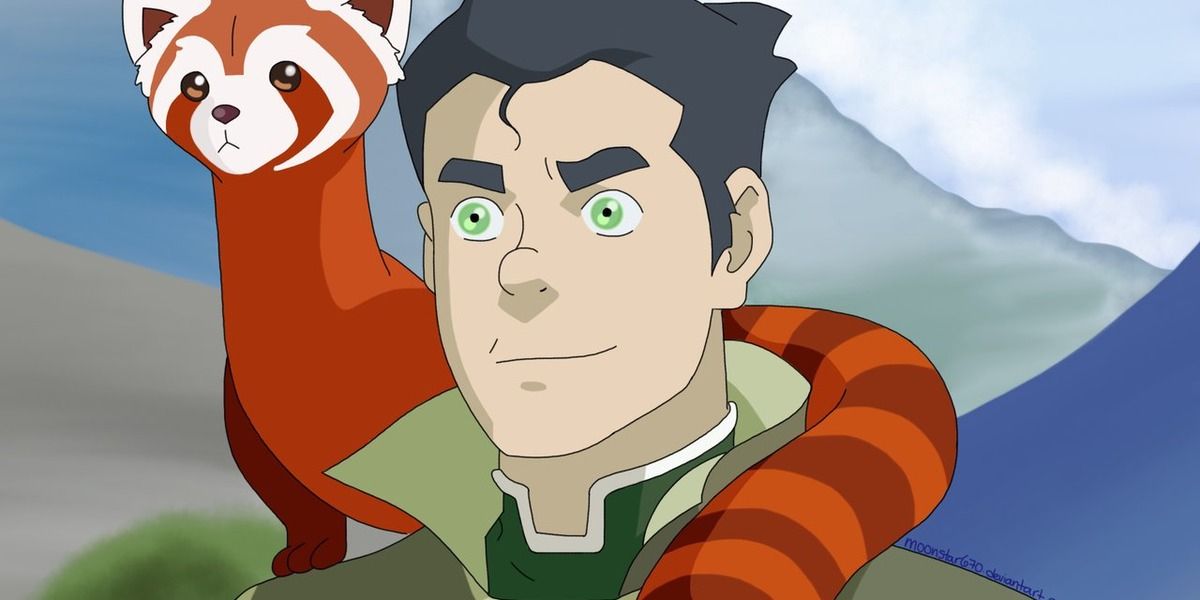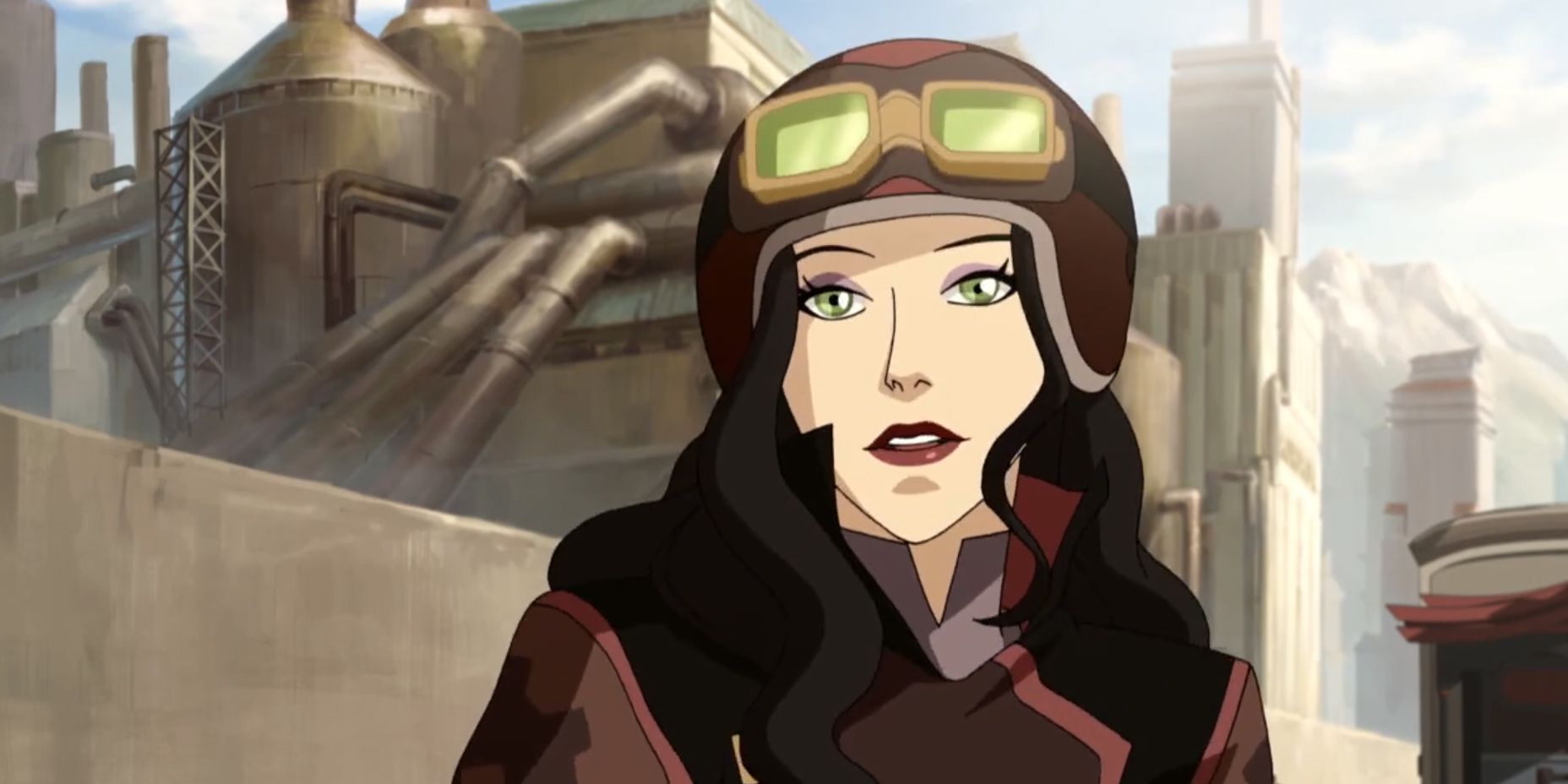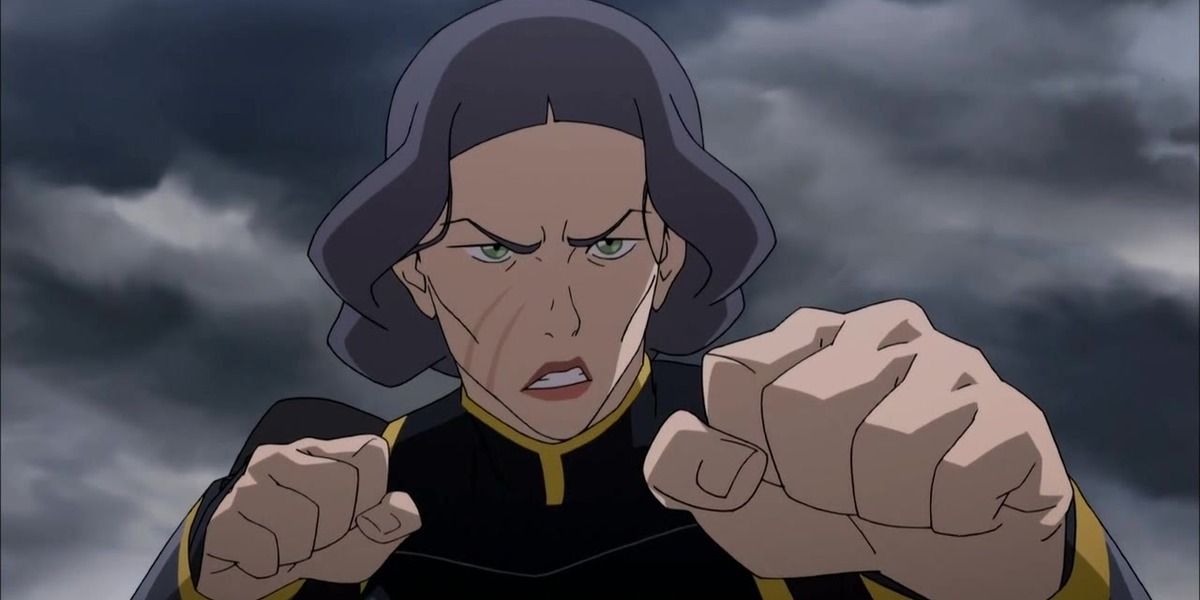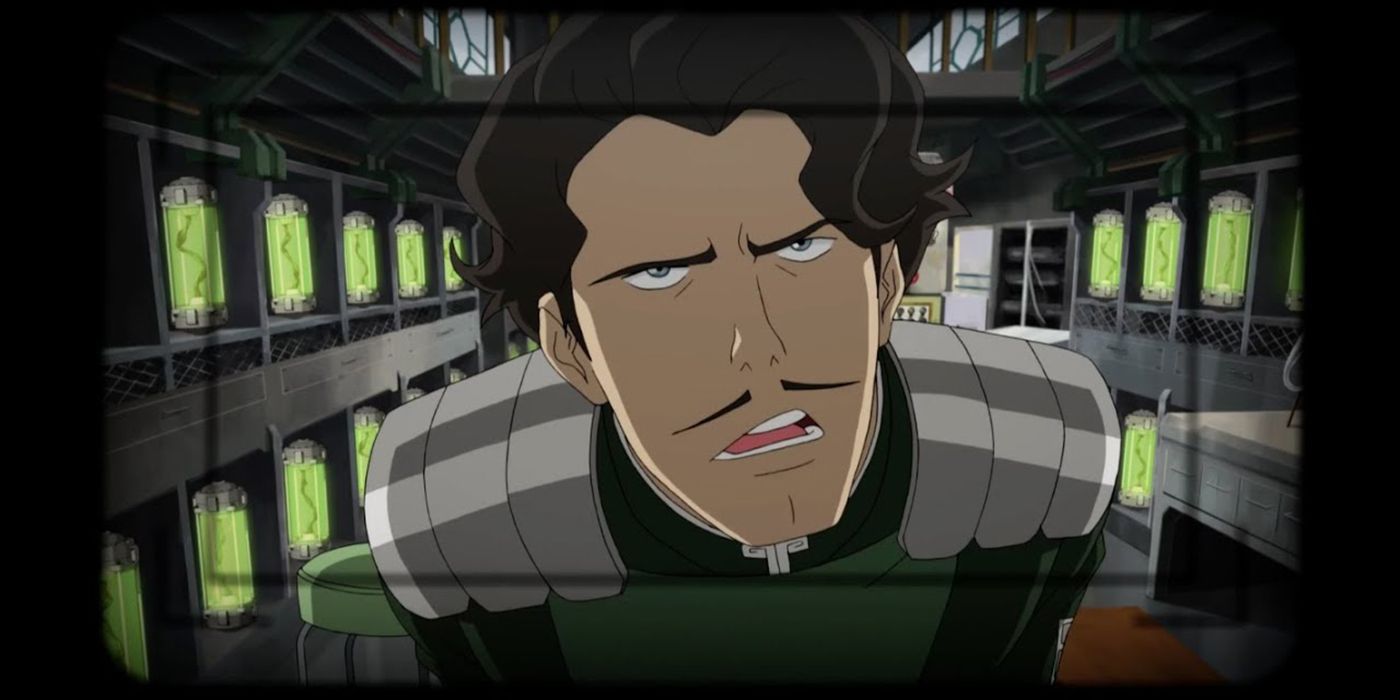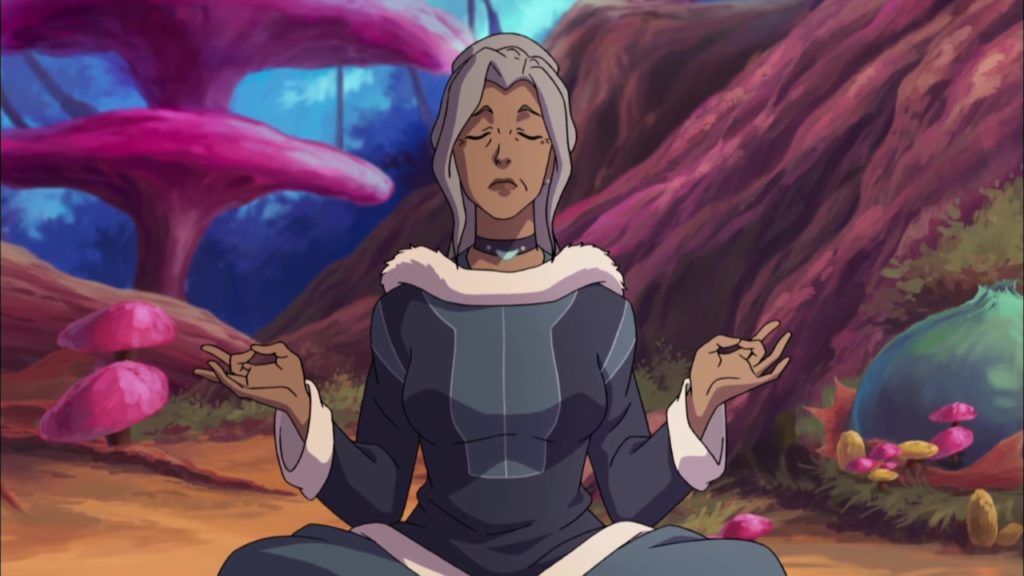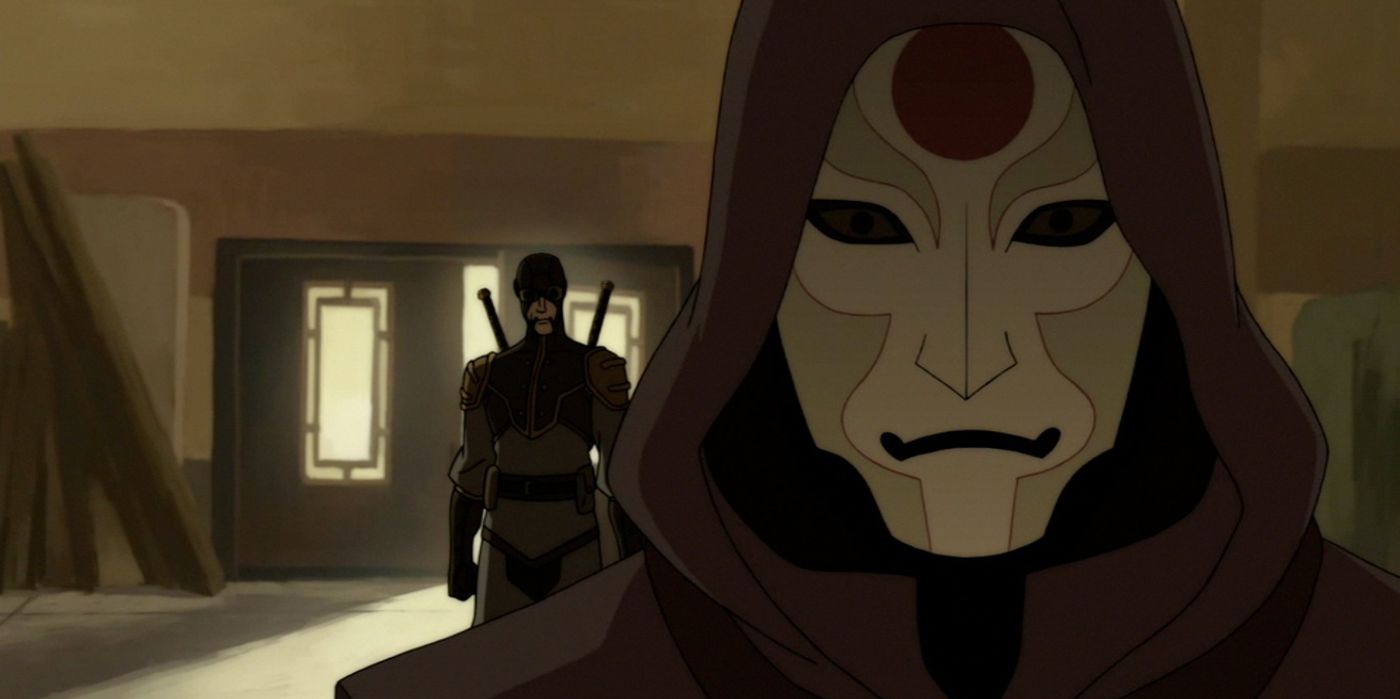When The Last Airbender was first released, nobody really knew what to expect. Some were skeptical about an "American anime" cartoon, while others thought the time had finally come. The show was a huge success, and the popularity of Aang and Team Avatar prompted a whole new series to continue telling stories in the Avatar's world.
The Legend of Korra had a legacy to continue, one that included memorable characters and thrilling adventures. We were so busy watching their exploits that we missed some of the finer details about their characters. Some of these secrets are merely interesting, while others are plot points for whole other stories or crucial to The Legend of Korra as a whole. Here are 10 details about the main characters in The Legend of Korra that you probably missed.
Korra
Even though she's the main character, there's a lot about Korra that you didn't notice. You know some of the not-so-secrets behind Korra already, such as her extroverted personality being deliberately written as a juxtaposition to peaceful and spiritually attuned Avatar Aang. What you didn't know was that her visual design was based on professional female snowboarders and real-life mixed martial artist, Gina Carano.
This overlaps into professional bending as an aspect of the show, which was also based on mixed-martial arts.
Naga
If you've only seen the serialized TV series, then you don't know that Naga is the only domesticated polar bear dog in the world. You would never know it from the close relationship Korra and Naga clearly have, but the polar bear dogs were feared and hunted by the Water Tribe.
You probably also didn't notice that nobody rides one except Korra. The story of how Aang's successor broke that barrier is the plot of the first official Korra graphic novel, a special edition that was created for Free Comic Book Day.
Mako
Let's be honest, it was hard to miss Mako. Asami and Korra noticed him. The part we missed was his name.
Mako Iwamatsu was the voice actor who made Uncle Iroh come to life in the original series, The Last Airbender. You might also know Mako as the voice of the demon Aku from Samurai Jack. He also appears in the Conan the Barbarian movies.
The Mako we know and love from The Legend of Korra is named after this beloved actor, who passed away in 2006.
Bolin
It's an interesting bit of Avatar trivia that the original Toph from The Last Airbender series was supposed to be a rather large and intellectually-challenged male figure. This was lampooned in the series itself in the episode, "The Ember Island Players" where Toph is a muscular, monosyllabic male character in the stage play.
These ideas were revived when creating Bolin, the adorable but rather chunky and simple third member of the Fire Ferrets.
Pabu
In the original Airbender series, we had Momo and Appa. The Legend of Korra also had two animals as main characters, Naga, the polar bear dog and Pabu, the fire ferret.
Pabu was actually inspired by the real Japanese red panda, Fatu. Fatu was a red panda who lived in a zoo in Chiba, Japan. He was popular at the same time as the original Airbender series, known far and wide for his ability to stand on two feet for almost ten seconds at a time.
Asami
The vintage setting of The Legend of Korra inspired the artists and writers to base some female characters on actors that were famous during Hollywood's Golden Age.
We were so distracted by Asami's cool moves and stylish lifestyle that we didn't notice she was inspired by Rita Hayworth, one of history's most beloved and beautiful stars. Rita also tended to play characters who were strong and rebellious along with being quite clever, traits that Asami shares.
Lin Beifong
We know all about the tough cop trope, written as an opposing character to her more lighthearted and trendsetting sister, Suyin. Like other characters in the show, the creators of Lin Beifong looked into Hollywood history to find some inspiration for her design and found Marlene Dietrich.
A triple threat as a dancer, singer and actor decades before J-Lo popped up, Dietrich was famous for her beauty along with a cool, no-nonsense personality. Oh yeah, and her father was a police lieutenant.
Varrick
Varrick has been compared to some incredible characters from both fact and fiction, from Wolfgang Amadeus Mozart to Tony Stark. Unlike both of those characters, however, his upbringing was a humble and dull one.
His dad was a seal hunter, and the family barely made the rent most of the time. We'd expect to hear about an exciting young life filled with travel, affluence and lots of distractions, but Varrick really did come from a totally normal, even boring place that's barely worth mentioning. Which is why it never is.
Kya
We're so interested in Kya as the only Waterbending child of Avatar Aang and Katara that we don't notice the finer details of her character.
Kaya's visual design is integrated with several callbacks to the original series. She's named after Katara's grandmother, which is a detail that's easy to miss from the old show. Her clothes are based on Katara's wardrobe from the first series, which is a bit more overt, as she usually wears traditional Water Tribe clothing.
Amon
Amon was always intended to lurk in the shadows, a dynamic and mysterious villain who was a complete unknown. These important points about his character were enforced by the iconic mask he always wore.
Even when he appeared, he still stayed hidden. The design was inspired by traditional Korean and Chinese face painting and mask designs. It was intended to be symbolic of the Equalists. It was also easy for the animators to draw.

